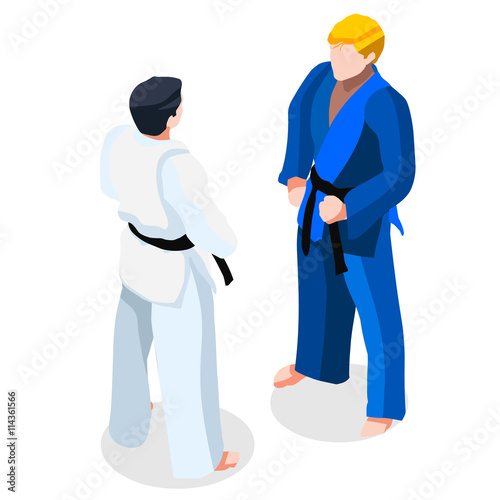The Growth And Historical Context Of Martial Arts Worldwide
The Growth And Historical Context Of Martial Arts Worldwide
Blog Article
martial arts crossword clue Develop By-Sutton Graham
Martial arts have a remarkable history that spans centuries and continents. You may find it fascinating just how ancient practices like Shuai Jiao and Kalaripayattu laid the groundwork for modern-day combat methods. These self-controls not only stress physical abilities but additionally reflect the cultures that birthed them. As you explore their evolution, take into consideration just how globalization has actually transformed these typical forms right into hybrid styles. What influences do you think have shaped today's martial arts landscape?
Ancient Martial arts: The Foundations of Fight
As you explore the globe of ancient martial arts, you'll discover the rich foundations that formed combat techniques throughout societies. Very early techniques concentrated on Self-Defense and survival, usually integrating strikes, hurting, and weaponry.
In old China, as an example, techniques like Shuai Jiao highlighted tosses and joint locks, while India's Kalaripayattu showcased dexterity and liquid motion. Japanese samurai established Kenjutsu, a refined swordsmanship that highlighted technique and strategy.
Link Website offered not just for battle but also as a means of personal development, instilling values like regard and willpower. The blending of these techniques over time prepared for the diverse martial arts you see today, each reflecting the unique ideologies and needs of its culture.
The Cultural Impact on Martial Arts Advancement
While martial arts frequently show the sensible needs of a society, they additionally symbolize the social values and beliefs of their beginnings. When you explore different martial arts, you'll observe just how they're affected by religious beliefs, viewpoint, and social standards.
As an example, the emphasis on respect and discipline in Japanese martial arts comes from Zen Buddhism and samurai society. In contrast, Brazilian Jiu-Jitsu advertises adaptability and strategy, shaped by the requirement for performance in a diverse, multicultural setting.
https://www.heraldguide.com/news/destrehan-martial-arts-gym-team-oliveira-rooted-in-mma/ might discover that the rituals, uniforms, and training techniques show a community's history and identification. By understanding these cultural influences, you deepen your recognition of martial arts and their role in shaping human experiences around the world.
Modern Adaptations and the Globalization of Martial arts
Martial arts have actually changed substantially in recent decades, adjusting to modern culture and worldwide influences. You'll observe that conventional types have blended with modern methods, creating hybrid styles like MMA. These adjustments deal with diverse audiences, making martial arts accessible and appealing worldwide.
With the increase of social networks and digital systems, you can locate tutorials and competitors from all corners of the globe, breaking geographical barriers. This globalization has brought about a shared appreciation for numerous disciplines, from Brazilian Jiu-Jitsu to Taekwondo.
As you engage with these arts, you'll recognize they're not just about battle; they promote fitness, technique, and psychological well-being.
Eventually, contemporary adaptations have enhanced the martial arts landscape, making it a vibrant and advancing method.
Conclusion
In checking out the history and evolution of martial arts, you reveal a remarkable mix of strategies, cultures, and viewpoints. From old techniques like Shuai Jiao and Kalaripayattu to the modern adaptability seen in mixed martial arts, martial arts reflect humanity's quest for Self-Defense and personal development. As you engage with these techniques, you not only get skills however likewise a much deeper recognition for the varied practices that shape our globe today. So, proceed your trip and welcome the art of battle!
